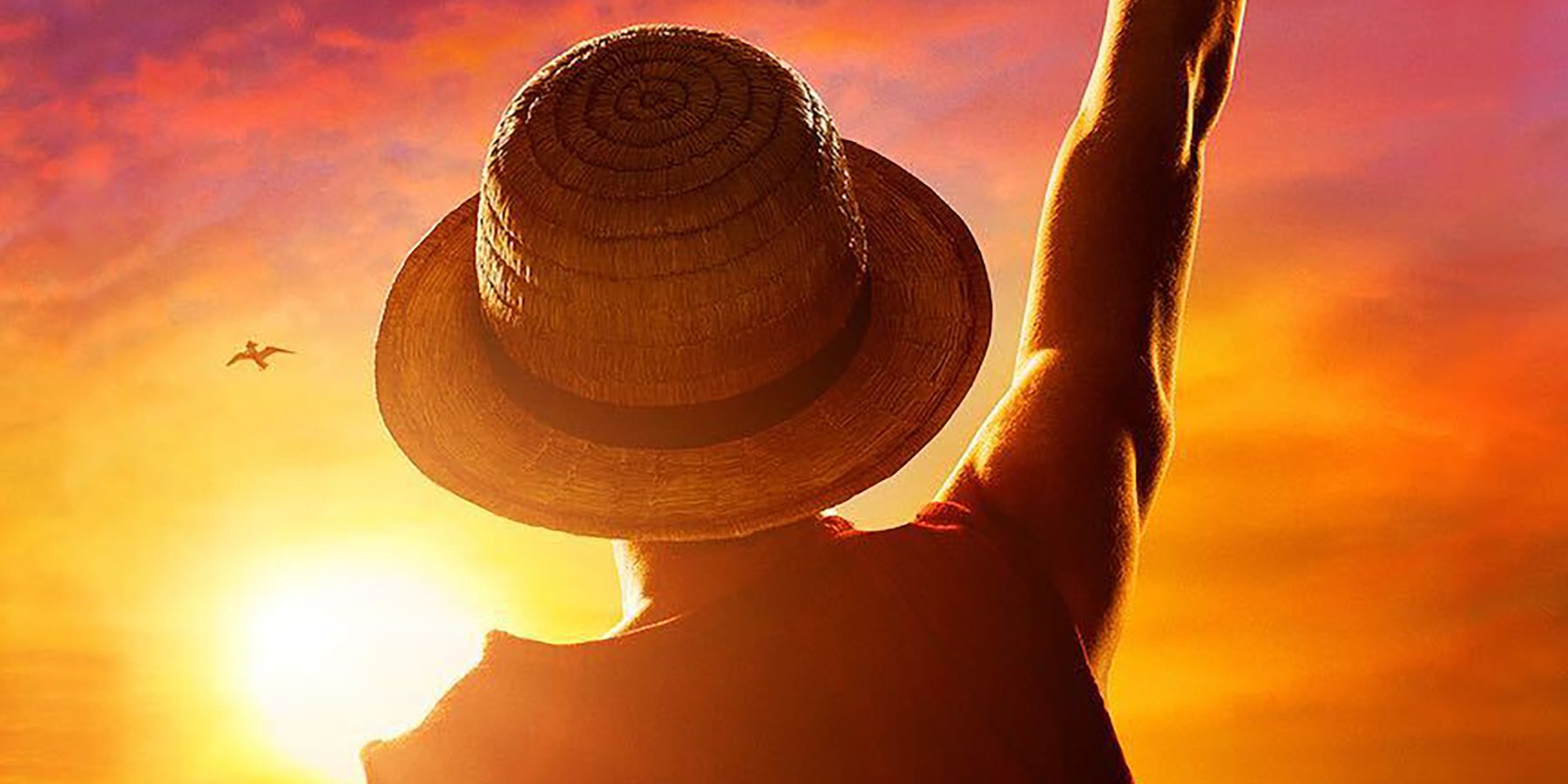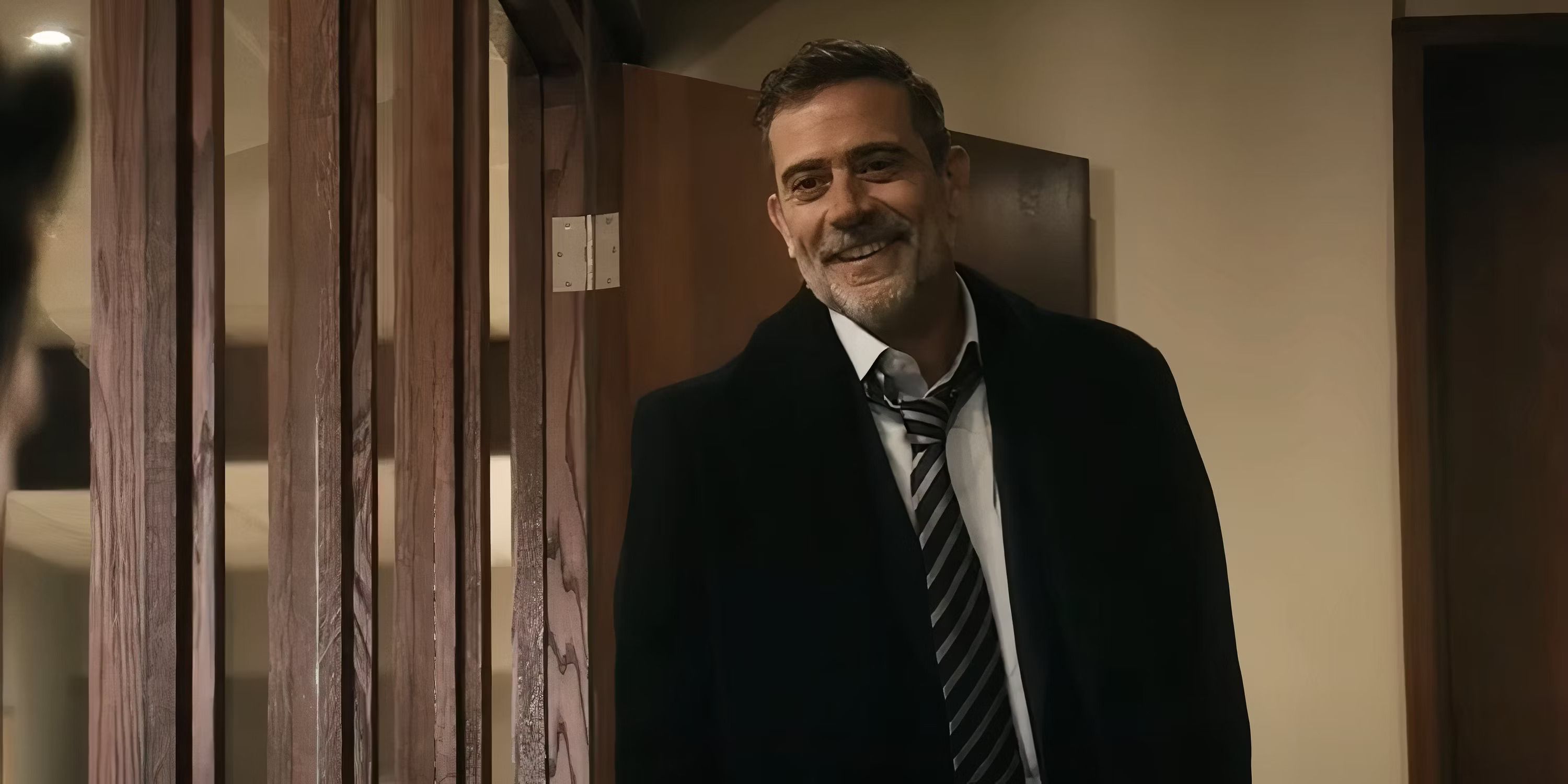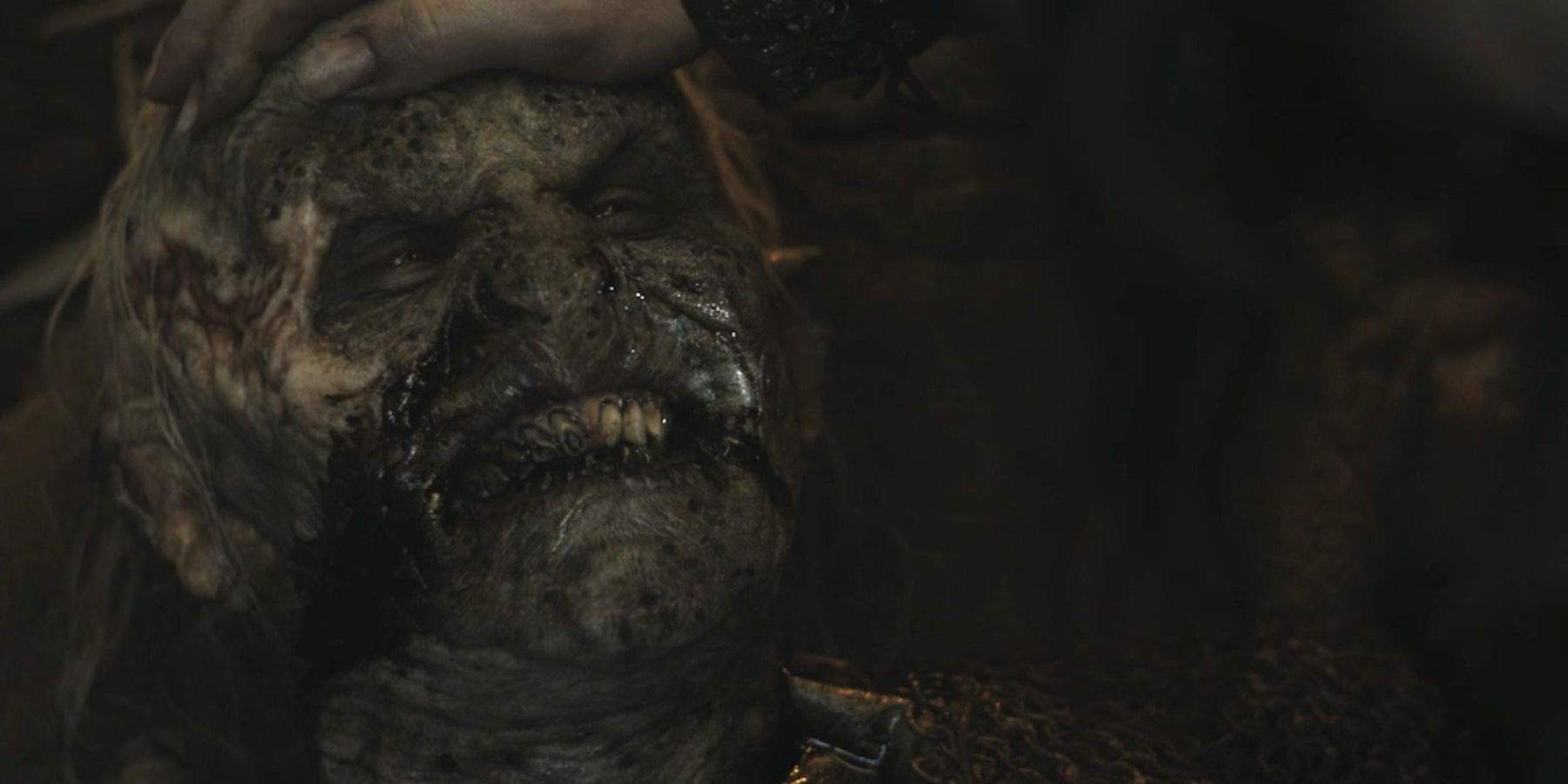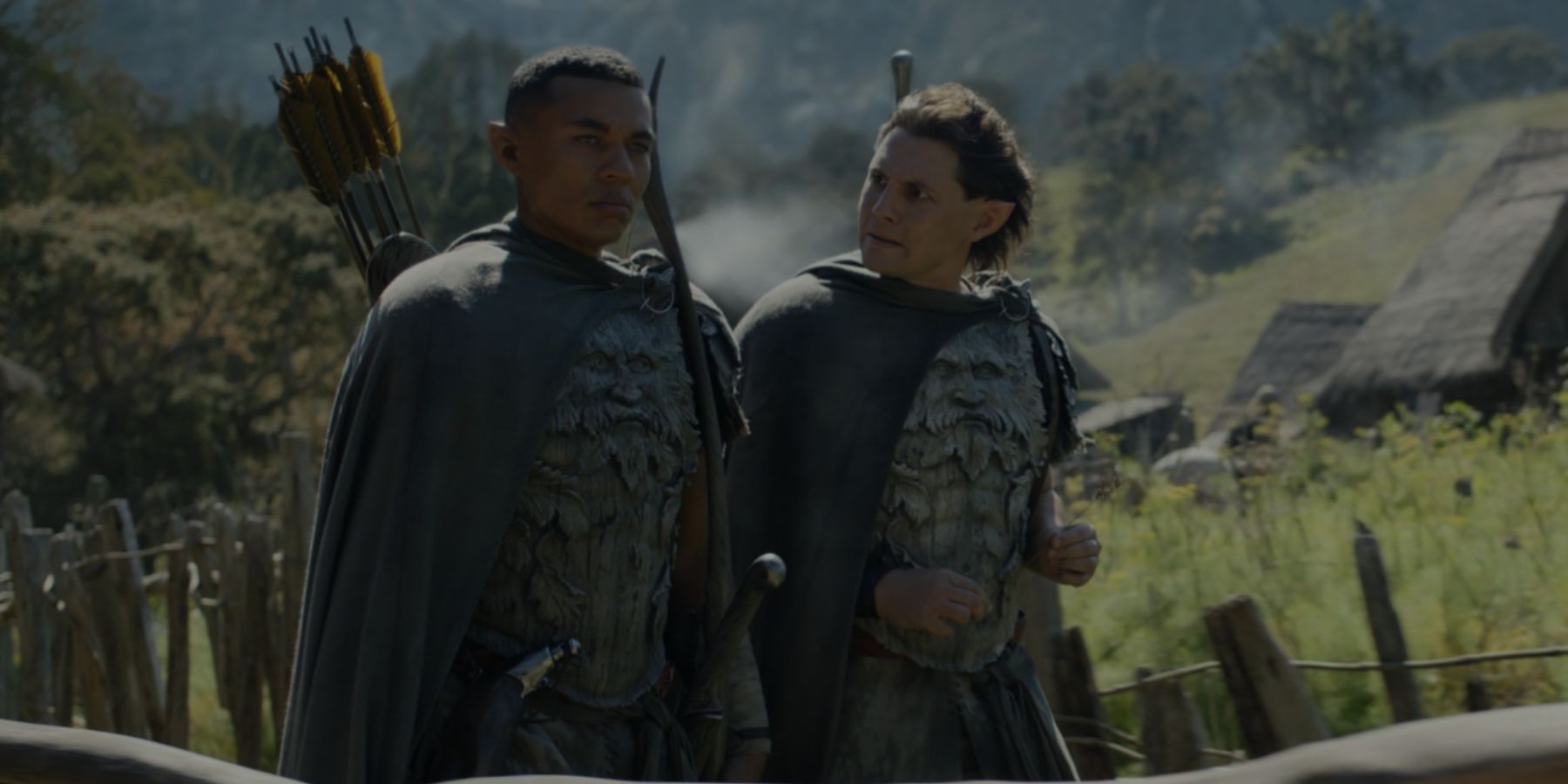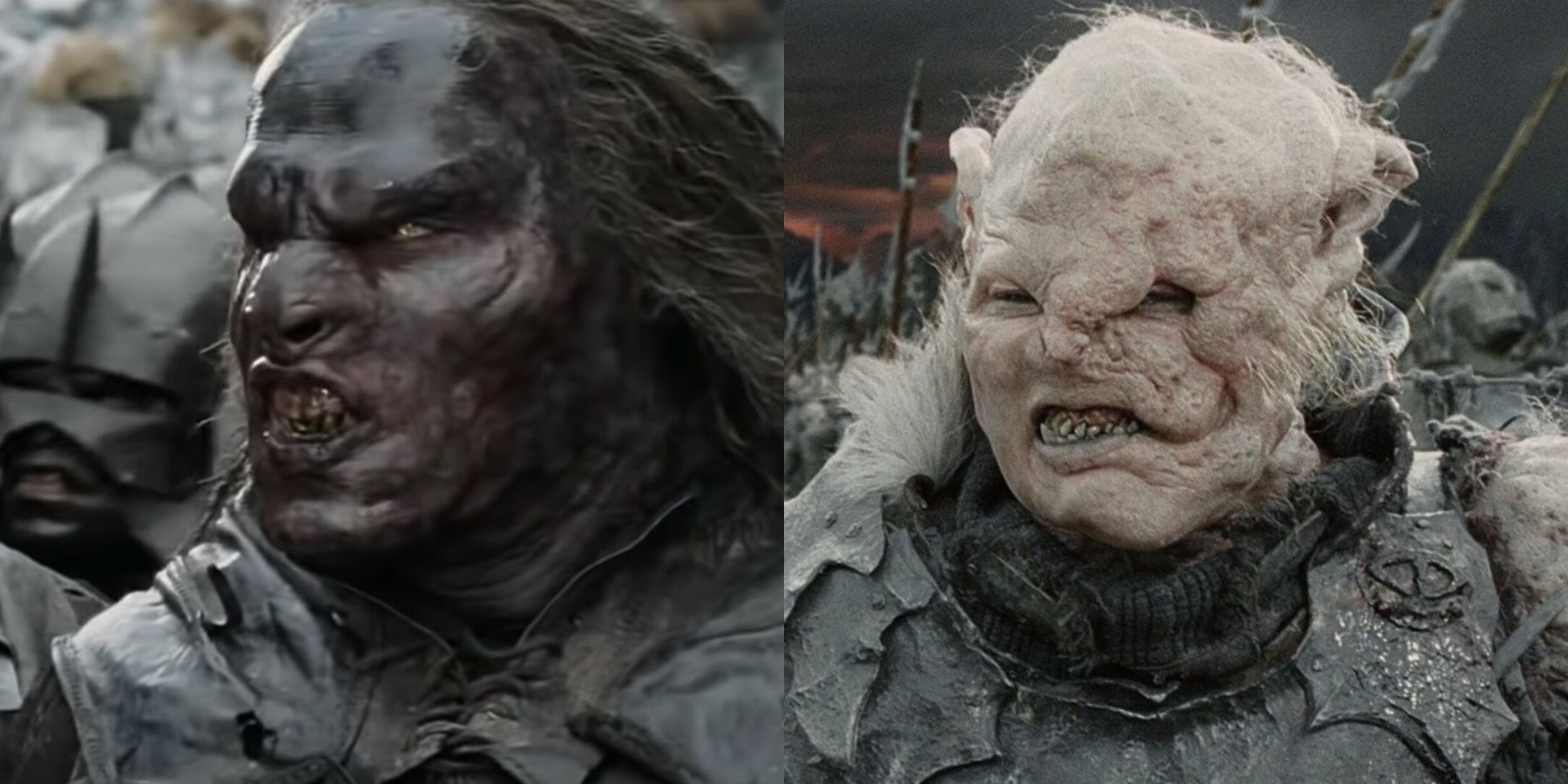The recent Rings of Power series has gone a long way towards rectifying one of the biggest criticisms of both Tolkien’s works, and Peter Jackson's subsequent movie trilogy adaptations. That criticism is its presentation of the ‘evil races.’ In the original stories of the Lord of the Rings and The Hobbit, there is a clear and definite distinction between the good races in the world, including the elves and the hobbits, and the bad races in the world, like the orcs and the goblins. However, it is problematic enough to suggest that any race is completely homogenous and that there is no diversity in consciousness or morality among them. And it's even more problematic to suggest that that entire race is inherently cruel and malicious. The Amazon show addressed this in a striking and unique way that has audiences questioning their perceptions of some of Tolkien’s more beastly species.
For the narrative of Tolkien's tales to work, the binary opposition between the courageous heroes and the self-serving villains has to be clear enough to justify the wars and battles that are fought. The heroes pick up their swords in defense of the world they love, in order to protect it against the domination of an evil tyrant. By contrast, the villains take pleasure in the torture and corruption. There are very few gray areas in between. But Rings of Power flipped this on its head with the perspectives of two different races. First, it explores the elven occupation of the Southlands. Secondly, it introduces the character of Adar, who represents a very different kind of orc from the snarling brutes in the Jackson films.
Tolkien has always suggested that some of the different races of Middle Earth are more easily misled than others. Men, especially, are easily corrupted and lured by temptations of power like the One Ring. But one race that has always seemed fairly infallible is the elves, the golden children of Illuvatar who had the very world laid at their feet. All the elves in Lord of the Rings were good guys, helping the fellowship to achieve their impossible mission. It seemed as if the race could do no wrong. This was challenged slightly by the character of Thranduil in The Hobbit, who was definitely more unfeeling and proud than any who came before him.
Rings of Power represented, for the first time, elves who were seen as pompous, self-righteous, and even unfairly oppressive towards the Southlanders. This began to challenge the idea of whether entire races could truly be good or evil. In fact, the high king Gil-galad shares the characteristics that made Thranduil so hated in the films. He, too, has the arrogance and superiority that began to crack the seemingly golden idea of elves as a race of beings.
From the third episode of the series, it became very clear that the orcs were also different from their rendition in the 2000s movies. There were changes in everything from the way they looked and moved, to their treatment of the elves. They still showed no compassion shown towards the slaves they had tasked with digging the channel to Mount Doom. However, there was definitely a greater sense of community among the orcs themselves, unlike the two separate tribes of orcs in Lord of the Rings who seemed contented to bludgeon each other to death and possibly eat the remains. They showed love and respect towards their dead — a trait especially shown by Adar, whom the orcs call father.
Adar's vow to Galadriel that he would build the orcs a home where they could finally belong and be safe was a very new and interesting take on the previously bloodthirsty image of the race. It also contributed towards making Galadriel’s potential genocide of the orcs so much more problematic. In this scene between the Uruk and the she-elf, Adar told her of the cruel suffering that the orcs — his children — had endured under the torture of Sauron. It's an emotive and empathic back-story that furthers their plight, and gives reasonable motive behind their questionable actions. The history behind the Moriondor began to reframe them as feeling people, rather than thuggish aggressors.
It’s not that the races have switched roles. The elves haven’t become sadistic, and the orcs haven’t become saints. However, there has definitely been a shift towards understanding that there is variation in every race, and indeed within every individual. Neither all orcs nor all elves can be tarred with the same brush. How this new moral complexity will develop remains to be seen, but will surely be a key focal point for the second series of the show. Audiences have to see whether Adar and Sauron will join forces, or fight for rule of Middle Earth, and how this will change the ever-growing dynamics of the world.

